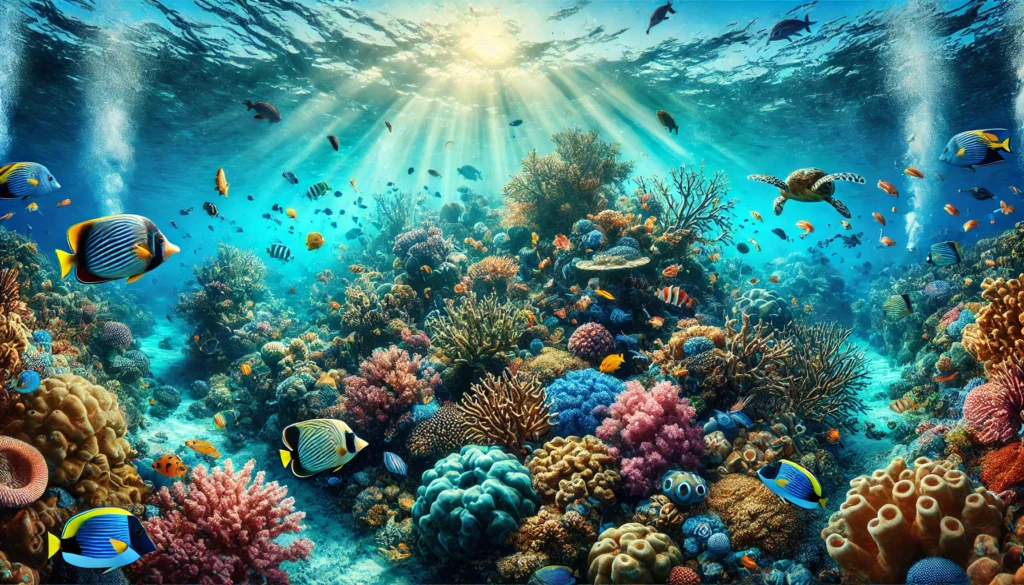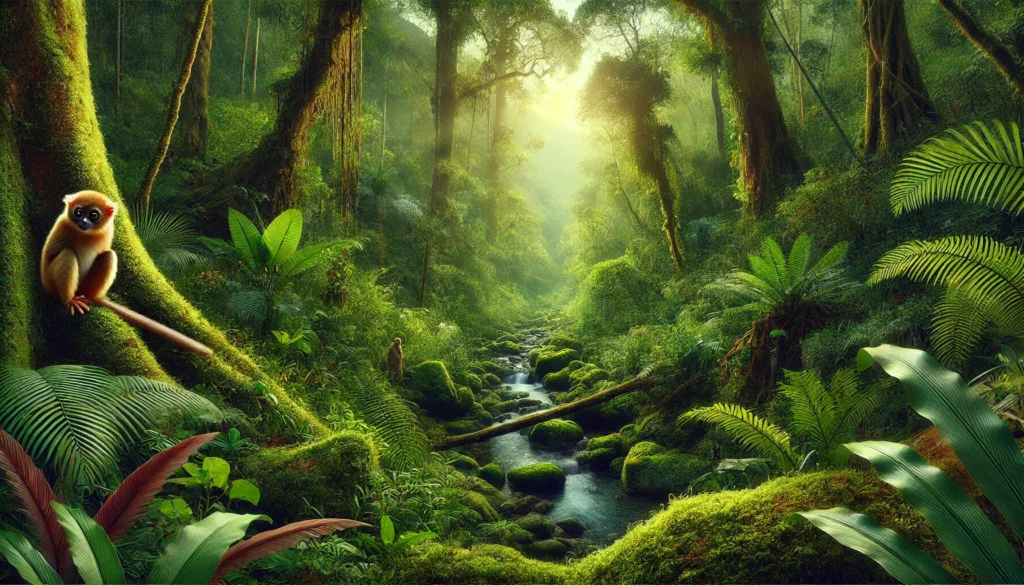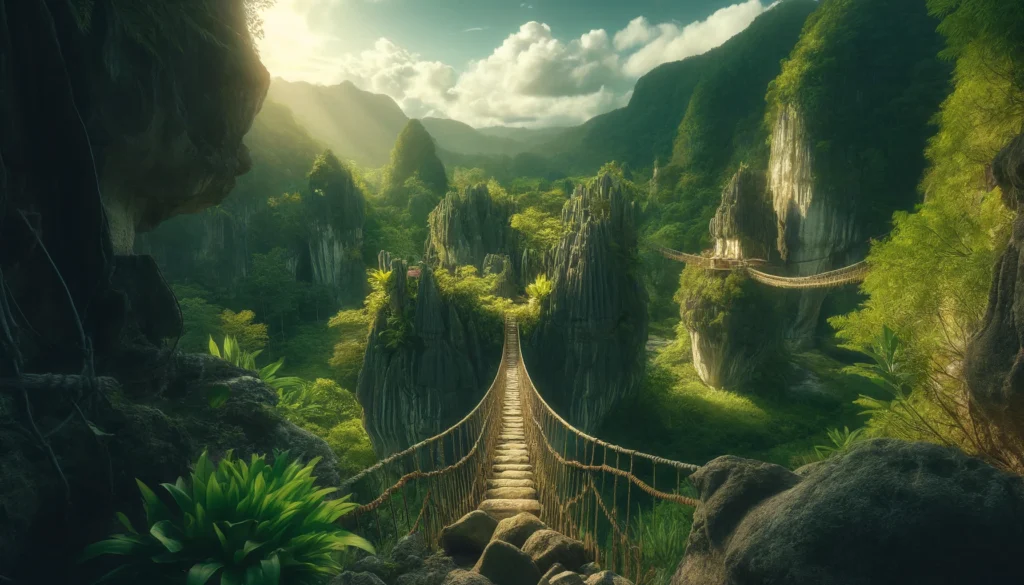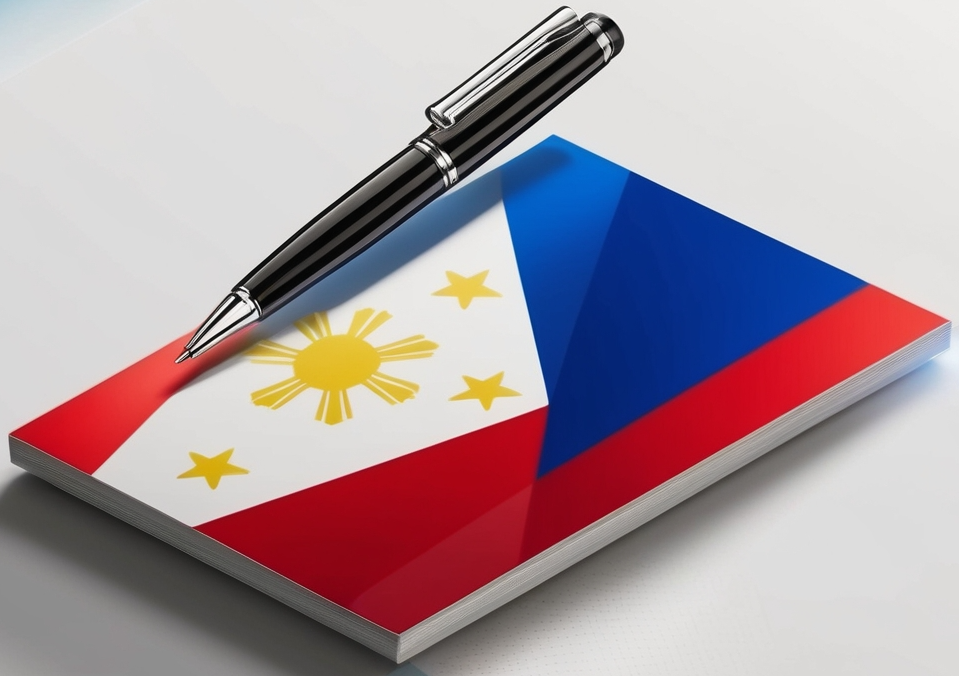Ahoy there, landlubbers and sea lovers alike! Today, we’re going to take a deep dive into the crystal-clear (well, hopefully) waters of the Philippine seas. But don’t worry, you won’t need your scuba gear for this adventure – just your attention and maybe a cup of coffee. We’re about to embark on a journey through the world of marine conservation in the Philippines, and trust me, it’s going to be more exciting than finding a pearl in your oyster!
Now, you might be wondering, “Why should I care about Philippine seas?” Well, imagine if Finding Nemo was set in a polluted ocean. Not so heartwarming anymore, right? The Philippines, with its 7,641 islands (yes, we counted), is smack dab in the center of the Coral Triangle – the global epicenter of marine biodiversity. It’s like the New York City of the underwater world, minus the yellow cabs and pizza rats. But just like any bustling metropolis, it’s facing some serious challenges. That’s where our hero of the day comes in: Save Philippine Seas (SPS).
The Birth of a Sea-Saving Superhero
A Splashy Origin Story
Every superhero has an origin story, and Save Philippine Seas is no exception. Picture this: It’s 2011, and a group of young, passionate Filipinos are scrolling through their Facebook feeds (because what else did we do in 2011?). Suddenly, they stumble upon news of a massive illegal wildlife trade bust in Palawan. We’re talking about thousands of sea turtles and other marine animals being smuggled faster than you can say “Holy seashells, Batman!”
Now, most people would have just shared the post, maybe left an angry emoji, and gone back to playing Farmville. But not these folks. They decided to take action. They launched an online campaign that spread faster than a tsunami, reaching over 100,000 people in just 48 hours. And just like that, Save Philippine Seas was born – proving that sometimes, good things do come from spending too much time on social media.
From Viral to Vital
What started as a viral campaign soon grew into a full-fledged non-profit organization. Save Philippine Seas became the Batman of the Philippine waters – if Batman wore diving gear instead of a cape and fought pollution instead of the Joker. Their mission? To protect the Philippines’ coastal and marine resources through information, education, and communication activities and community-based projects.
The State of Philippine Seas: A Comedy of Errors (But We’re Not Laughing)
A Sea of Troubles
Now, let’s talk about the state of Philippine seas. Spoiler alert: it’s not great. But don’t worry, we’re not here to make you feel like you’re drowning in bad news. We’re just going to dip our toes in the water of reality for a bit.
The Philippines, blessed with over 36,000 kilometers of coastline, should be a marine paradise. Instead, it’s facing more threats than a small fish in a shark tank. Let’s break it down:
| Threat | Impact |
|---|---|
| Overfishing | 75% of fishing grounds overfished as of 2020 |
| Plastic Pollution | 2.7 million tons of plastic waste generated annually |
| Coral Reef Destruction | Only 5% of coral reefs in excellent condition |
| Climate Change | Sea level rise of 1.8 mm per year |
Looking at these numbers, you might be tempted to curl up in a ball and pretend you’re a hermit crab. But remember, where there’s a will (and a bunch of determined conservationists), there’s a way!
Save Philippine Seas: Making Waves in Conservation
Education: The Ultimate Weapon
Save Philippine Seas believes that knowledge is power. Or in this case, knowledge is the ability to not accidentally destroy ecosystems because you didn’t know any better. Their education programs are like the Hogwarts of marine conservation – minus the magic wands, but with plenty of magic moments.
From workshops to camps, SPS is turning regular folks into ocean defenders faster than you can say “Expecto Petroleum!” (Sorry, couldn’t resist a Harry Potter pun). They’ve educated thousands of Filipinos on marine conservation, proving that sometimes, the pen (or in this case, the whiteboard marker) is mightier than the sword.
Community Empowerment: It Takes a Village (or an Island)
SPS knows that lasting change doesn’t come from the top down – it grows from the ground up, like a really determined mangrove tree. That’s why they work closely with local communities, empowering them to become the guardians of their own seas.
One of their flagship programs is the Sea and Earth Advocates (SEA) Camp. It’s like summer camp, but instead of making friendship bracelets, you’re making a difference. Young leaders from all over the Philippines come together to learn about marine conservation and develop their own environmental projects. It’s like planting seeds of change, except these seeds grow into awesome humans instead of plants.
Shark Shelter: Turning Malapascua into a Fin-tastic Paradise
Swimming with the Big Fish
Now, let’s dive into one of SPS’s most jaw-some projects (sorry, couldn’t resist): the Shark Shelter in Malapascua Island. Malapascua is home to thresher sharks, which, despite their scary name, are about as dangerous to humans as a labrador retriever with fins.
SPS saw an opportunity to protect these magnificent creatures while also boosting the local economy. It’s like hitting two fish with one stone (but please don’t actually hit fish with stones, that’s not cool).
From Fishing to Fin-watching
Through education and community engagement, SPS helped transform Malapascua from a fishing village into a world-renowned dive destination. They trained locals to become dive guides and marine park rangers, proving that sometimes, the best way to save fish is to stop catching them and start showing them off instead.
The results? A win-win situation that would make even the most jaded economist smile:
| Impact | Before SPS Intervention | After SPS Intervention (2020) |
|---|---|---|
| Thresher Shark Sightings | Declining | Stable and increasing |
| Local Income from Tourism | Minimal | Significant increase |
| Marine Protected Areas | 0 | 2 established |
Plastic-Free Philippines: Because Turtles Shouldn’t Have to Dodge Our Trash
The Plastic Problem: It’s Not Fantastic
Let’s face it, our oceans have more plastic in them than a Hollywood celebrity’s face. And unlike those celebrities, the ocean can’t just dissolve its plastic problems away. That’s why SPS launched its Plastic-Free Philippines campaign, because they believe in a world where sea turtles don’t mistake plastic bags for jellyfish.
Straws Suck (Literally and Figuratively)
One of their most successful initiatives has been the “Strawless September” campaign. It’s like No-Shave November, but instead of growing facial hair, you’re growing a conscience. The campaign encourages Filipinos to say no to plastic straws for a month, proving that sometimes, not sucking is the best way to not suck.
The impact? In its first year alone, the campaign reached over 1 million people and got over 100 establishments to go straw-free. That’s a lot of turtle lives saved and a lot of people learning to drink like adults – straight from the glass, like nature intended.
Climate Change: Fighting the Invisible Enemy
Rising Tides and Rising Concerns
Climate change is like that uninvited guest at a party who keeps turning up the thermostat and flooding the bathroom. It’s a global problem, but its effects are felt acutely in the Philippines. Rising sea levels, increasing ocean temperatures, and more frequent extreme weather events are all taking their toll on Philippine marine ecosystems.
SPS: The Climate Avengers
Save Philippine Seas isn’t about to let climate change rain on their parade (or raise their sea levels). They’re tackling this global issue with local action, proving that you don’t need to be a world leader to lead the world.
Their approach? A mix of education, advocacy, and on-the-ground action:
- Climate Change Workshops: Teaching communities about climate change impacts and adaptation strategies. It’s like a weather forecast, but for the next century.
- Mangrove Restoration: Planting mangroves to act as natural barriers against storm surges and carbon sinks. It’s like creating a green army to fight climate change.
- Renewable Energy Advocacy: Pushing for cleaner energy sources in coastal communities. Because nothing says “I love the ocean” like not filling it with oil spills.
- Sustainable Fishing Practices: Helping fisherfolk adapt to changing ocean conditions. It’s like teaching old sea dogs new tricks.
The Future of Philippine Seas: Hope Floats
Riding the Wave of Change
As we look to the future, it’s easy to feel like we’re swimming against the tide. But thanks to organizations like Save Philippine Seas, there’s hope on the horizon. Their work is creating ripples of change that are spreading across the archipelago and beyond.
The Next Generation of Sea Guardians
One of the most exciting aspects of SPS’s work is how they’re inspiring the next generation of conservationists. Through their education programs and youth camps, they’re creating an army of mini marine defenders. It’s like a superhero origin story, but instead of radioactive spiders, these kids are bitten by the conservation bug.
How You Can Help: Be the Change You Sea in the World
Small Actions, Big Impacts
Now, I know what you’re thinking. “This is all great, but I’m just one person. What can I do?” Well, my friend, let me tell you a little secret: every big wave starts with a small ripple. Here are some ways you can join the marine conservation movement:
- Say No to Single-Use Plastics: It’s time to break up with plastic. It’s not you, it’s them.
- Choose Sustainable Seafood: Be picky about your fish. It’s the one time being a picky eater is good for the planet.
- Support Organizations Like SPS: Whether it’s through donations, volunteering, or just spreading the word, your support can make a splash.
- Educate Yourself and Others: Knowledge is power, and in this case, it’s the power to save our seas.
- Be a Responsible Tourist: When you visit coastal areas, remember: take only pictures, leave only footprints (and make sure those footprints are on sand, not coral).
Seas the Day!
As we come to the end of our journey through the world of Philippine marine conservation, I hope you’re feeling inspired, informed, and maybe a little damp from all this talk about the ocean. Remember, saving our seas isn’t just about preserving pretty postcards or ensuring we have seafood on our plates. It’s about protecting the very lifeblood of our planet.
The work of Save Philippine Seas shows us that change is possible, even in the face of seemingly insurmountable challenges. They’ve proven that with passion, perseverance, and a healthy dose of Filipino ingenuity, we can turn the tide on marine destruction.
So, the next time you look out at the vast blue horizon, remember: that’s not just water out there. It’s life, it’s our future, and it’s our responsibility. Let’s make sure it stays as beautiful, vibrant, and full of wonder as it is today. After all, in the grand aquarium of life, we’re all in this together.
Now, go forth and make waves, my fellow sea warriors. The ocean is calling, and we must go!
Disclaimer: This blog post is based on information available up to 2020. While we strive for accuracy, marine conservation is a rapidly evolving field. Please check the Save Philippine Seas website for the most up-to-date information. If you spot any inaccuracies, don’t be koi – let us know so we can correct them promptly. Remember, we’re all in the same boat when it comes to protecting our seas!




